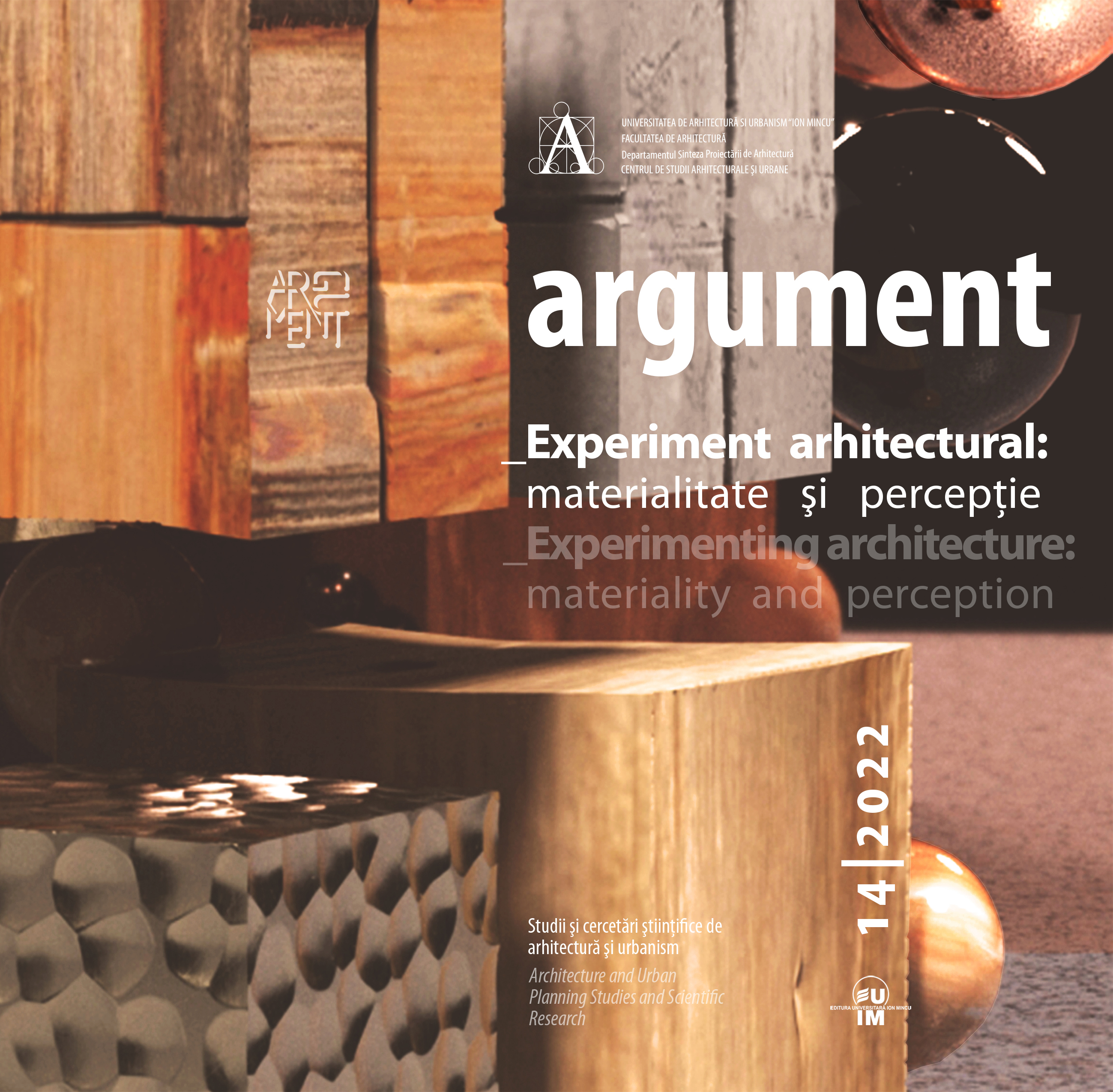De la poligonul de tir la campusul mobilităților. Argumente pentru patrimonializarea ruinelor recente și integrarea lor în mediul construit contemporan
From Shooting Range to Mobility Campus. Arguments for the Valorization of Recent Ruins as Heritage and Their Integration into the Contemporary Built Environment
Author(s): Andrei-Alexandru Corbet-NitsSubject(s): Museology & Heritage Studies, Architecture
Published by: Editura Universitară “Ion Mincu”
Keywords: heritage; landscape; utilitarian architecture; conversion; identity;
Summary/Abstract: This article presents the theoretical approach used in the study regarding the transformation of a former artillery shooting range in Versailles into a technological campus for the mobilities of the future. It lays out the reasons for our plea to save the ruins of the military compound by integrating them into the future architectural project. We explain how the materiality, form and use of the space under analysis and its perception in the collective imaginary contribute to the assertion of the identity of a place equally laden with historical significance and expectations for the future. At the same time, the didactic, exemplary character of the approach is presented as a possible starting point for proposals applied to similar contexts. While reviewing the context of the demand for the study, the client’s specifications, the stake of the project for the French Institute of Science and Technology for Transport, Development and Networks (“Institut Français des Sciences et Technologies des Transports, de l’Aménagement et des Reseaux”, abbreviated IFSTTAR) and its relation with the surrounding urban operations, this paper explains the application of the methodological filter proposed by architects and researchers Paul Landauer and Luc Baboulet to justify the heritage value of relatively recent constructions; to this purpose, we refer to the theory of John Brinckerhoff Jackson, pioneer of cultural landscape studies as well as to the sensible approach of architecture historian André Corboz and architect Andrea Felicioni on territory.This work discusses general issues such as the emergence of new districts and their contextual anchoring. The Satory example will be helpful for architects and urban planners wishing to defend the interest of partially preserving the existing structures found on the sites to be developed.
Journal: Argument
- Issue Year: 14/2022
- Issue No: 14
- Page Range: 93-114
- Page Count: 22
- Language: English, Romanian

